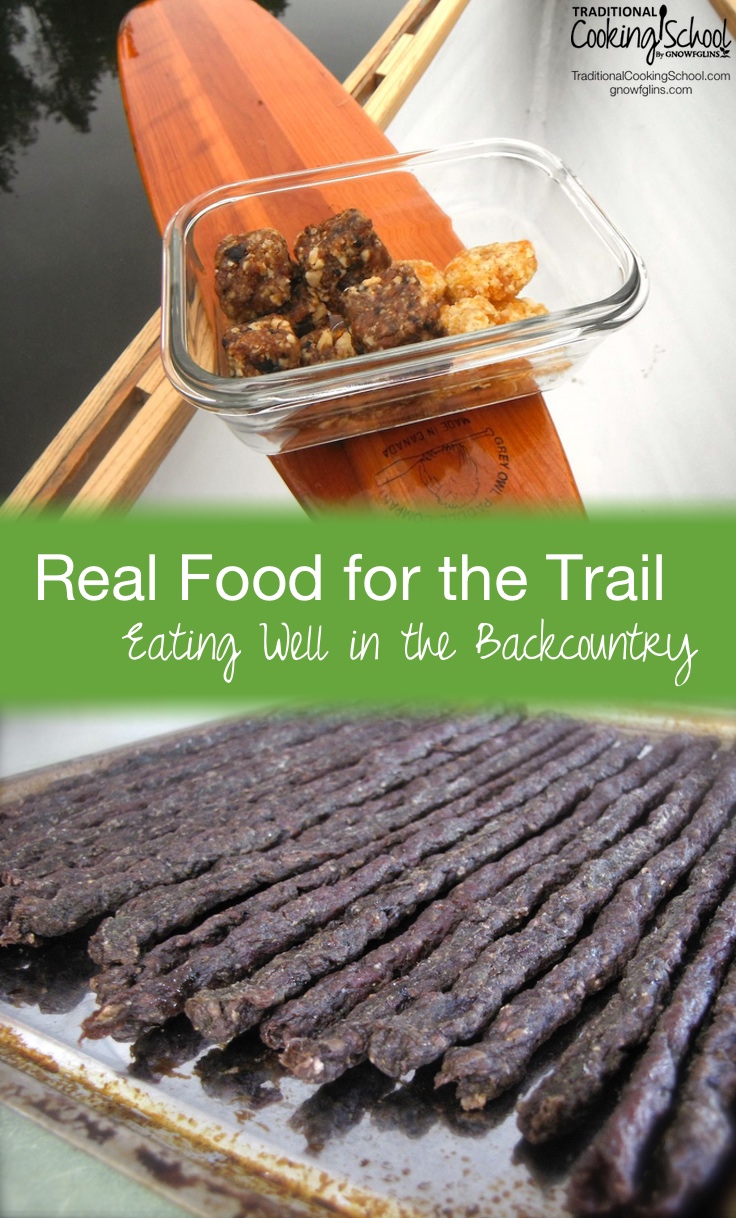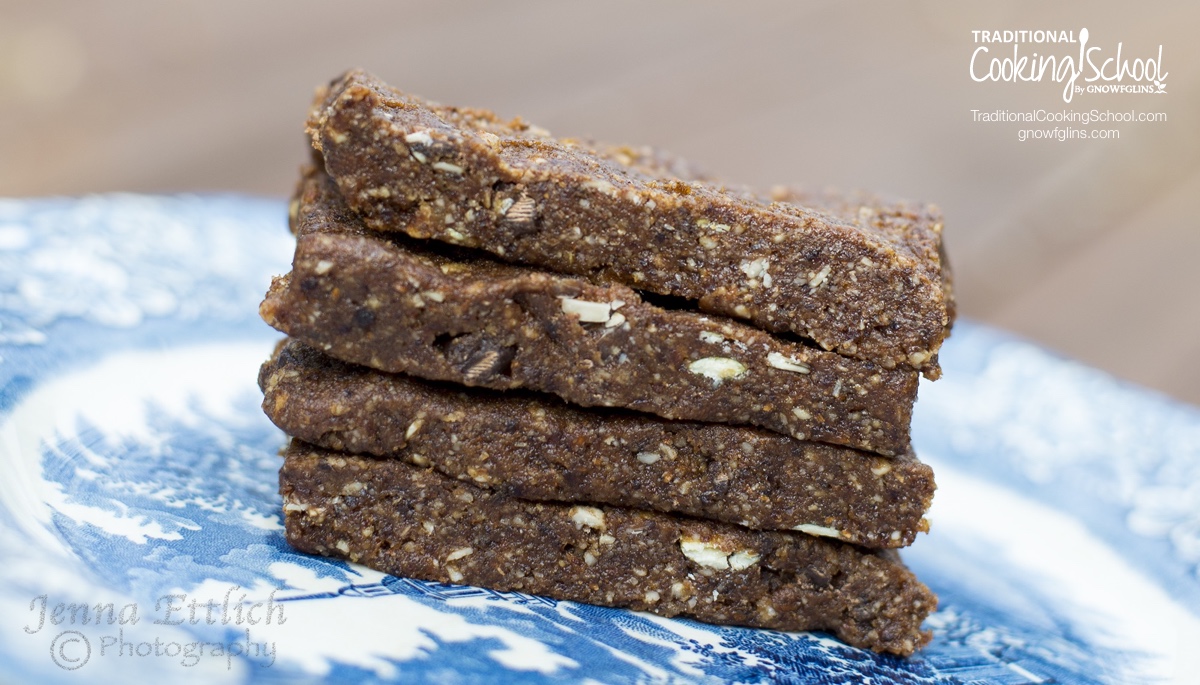
Light, easy, and calorie-dense food is a must-have for going hiking. While commercially-prepared freeze-dried are light and convenient, they are also heavy on starches, grains, preservatives, and additives. They can also be hard on the budget.
Luckily for you, with a little planning, it is possible to hit the trail (or paddle down the river) without compromising your health. Whether out for a day hike, or on a wilderness adventure with loaded pack or canoe, here are foods that will keep you nourished without compromising nutrition or pocketbook.
Fresh Foods
Depending on the length and location of your trip, you can pack fresh foods for at least the first day. Many will even last several if packed carefully.
Cheese. Stick to hard ones like gouda, parmesan, and cheddar, which will keep without refrigeration for longer periods.
Meat. Salami and summer sausage are traditional choices that can survive for long periods without refrigeration.
Fruit. Pack fruits that don’t bruise easily. Apples, oranges, and avocados are all safe bets. I’m partial to taking olives for snacking.
Eggs. Although there are various schools of thought on the safety of carrying eggs, I find that these work for me. Carry freshly-laid eggs that have not yet been refrigerated. They will last longer at outside temperatures. Crack your eggs into a container and put the whole container in the freezer before the trip. Pack them frozen, and they should thaw and be ready to eat on your first morning out. You can also hard boil eggs and eat them on the first day.
Vegetables. Cucumbers and carrots almost always make it into my day pack when hiking, and do fairly well on longer trips. We usually pack onions, garlic, mushrooms, and peppers for a fajita-type meal on the first or second day. They keep better whole, but pack easier cut up, so think about where they fall on your menu and pack accordingly.
Breads
Flat breads. Tortilla (see here and here) and pita bread pack well and are a nice vehicle for eating cheese, meats, and veggies without plates.
Crackers. These will last longer than breads, and can be part of a quick snack.
Spreads
Nutella and other nut-butters are often trail-food staples. Although nut butters can be purchased in individual serving-sized pouches, it’s more economical to pack your own.
Dried & Home-Prepared Foods

As much as we love fresh foods, longer excursions require food that is well preserved and light to pack. This is where the home dehydrator, or access to a good source of dried or freeze-dried foods, is essential.
With a home dehydrator you can create your own dried fruit and nut mixes, as well as create mixes of dried meat and vegetables to form the basis of your main meals. See here for an amazing list of all the foods you can, or cannot, dehydrate. You can even cook up a big pot of chili or tomato sauce, and then dehydrate it. When you’re on the trail, simply add hot water and you’ve got a home-cooked, nourishing meal without taking a lot of time or fuel.
Jerky. My three favorite recipes are Not-So-Tough Beef Jerky, Black Pepper Jerky, and Watermelon Jerky. The last one is a great way to eat an otherwise very heavy fruit on the trail!
What are your favorite foods to pack when headed on an outdoor adventure?
Looking for more dried foods and snacks? Look at our Dehydrating eCourse or eBook.
We only recommend products and services we wholeheartedly endorse. This post may contain special links through which we earn a small commission if you make a purchase (though your price is the same).


Leave a Reply